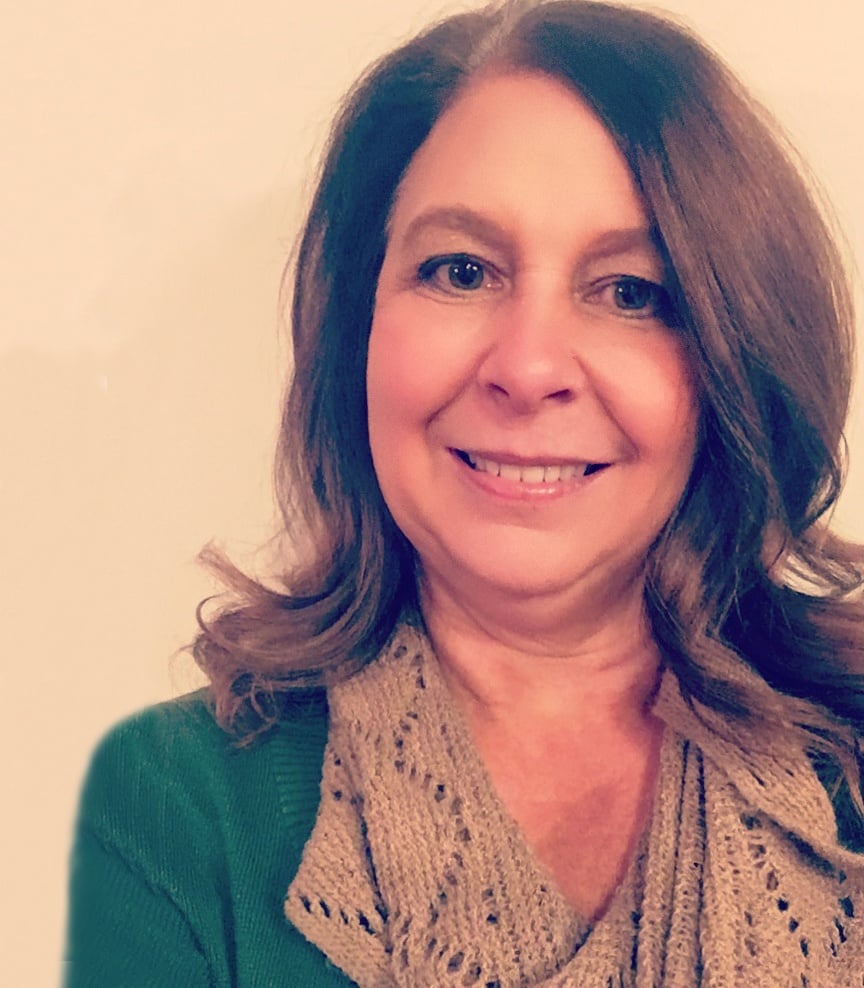
The decision whether to vaccinate or not poses serious personal and public health considerations and should not be made out of fear, capitulation or with the urge to follow a crowd. So, why is the vaccination debate leaving parents with more questions than answers? What can clinicians do to overcome this challenge?
Millions of children get their recommended shots every year and nothing special happens except that they are significantly more protected from diseases that ravaged past generations. More children become sick and even die from vaccine-preventable illnesses, even in the U.S., than suffer serious side effects from a vaccine.1
So why has the Anti-Vaccine movement had such a large impact? Primarily because of the “new information” age where everyone has a story to tell, and the internet and social media are hotbeds for these stories to be propagated. The problem with these “vaccine injury” stories is that they perpetuate beliefs about the safety of vaccines that are inaccurate and dangerous. The injury, disease, or disorder being described in these stories is almost always real, but is unrelated to the administration of the vaccine.
Statistics show that serious injuries occur to fewer than 1 in a million children, or even 1 in 10 or 100 million, depending on the vaccine and the side effect.2 However, fear is a great motivator. Despite scientific evidence to the contrary, when a young parent stumbles across these vaccine injury stories or other anti-vaccine sites when searching for answers, it’s easy to become fearful that something catastrophic might happen to your child if they are vaccinated. The anti-vaccine movement feeds this fear by perpetuating like-minded sites and advising parents not to trust any organizations with scientific evidence. However, if you look closely at the anti-vaxx “evidence”, it is almost exclusively anecdotal and from Facebook pages and other social sites originated by other anti-vaxx parents.
Why is it so much easier to believe that vaccines will harm our children than help prevent disease? Why are so many people mistrusting the medical community? Why would you research the whole anti-vaccine debate without completing equal research on what vaccines actually can do for your child? Most agree that the mistrust lies with the big pharma companies and that they are pushed to administer vaccines so that the pharma companies can make more money. People believe that vaccines are not necessary and don’t really save us, and that pharma companies are fraudulent in their claims that vaccines are effective.
A study published in the Proceedings of the National Academy of Sciences in 2015 explored how parental vaccine refusal resulted in a reemergence of measles in 2013-2014. This study indicated that attempting to refute anti-vaccine myths is generally an ineffective strategy when working with anti-vaccine parents. The results showed that clinicians were most successful overcoming anti-vaccine behavior by discussing “factual information about the dangers of communicable diseases”.
Here are some interesting stats that may help parents understand risks and dangers of preventable diseases3:
- 29% of deaths in children 1-59 months of age are vaccine preventable
- Diseases of the “past” are NOT gone
- 1 in 1 million deaths from the MMR vaccine compares to 1 in 1000-2000 deaths from the actual disease.
Clinicians should understand that fear and misconception seem to be at the heart of the vaccination debate. Helping parents understand the true risks of not vaccinating their children can be difficult and frustrating. This is the best approach to help ensure all parties involved do their part to protect children from preventable disease. August is National Immunization Awareness Month (NIAM). NIAM is sponsored by the National Public Health Information Coalition (NPHIC). For more information on NIAM, visit www.vaccines.gov.
For more information on the safe storage of vaccines, download the Ultimate Guide to Vaccine Storage.
1 Centers for Disease Control (CDC), World Health Organization (WHO)
2 Centers for Disease Control (CDC), World Health Organization (WHO)
3 World Health Organization




